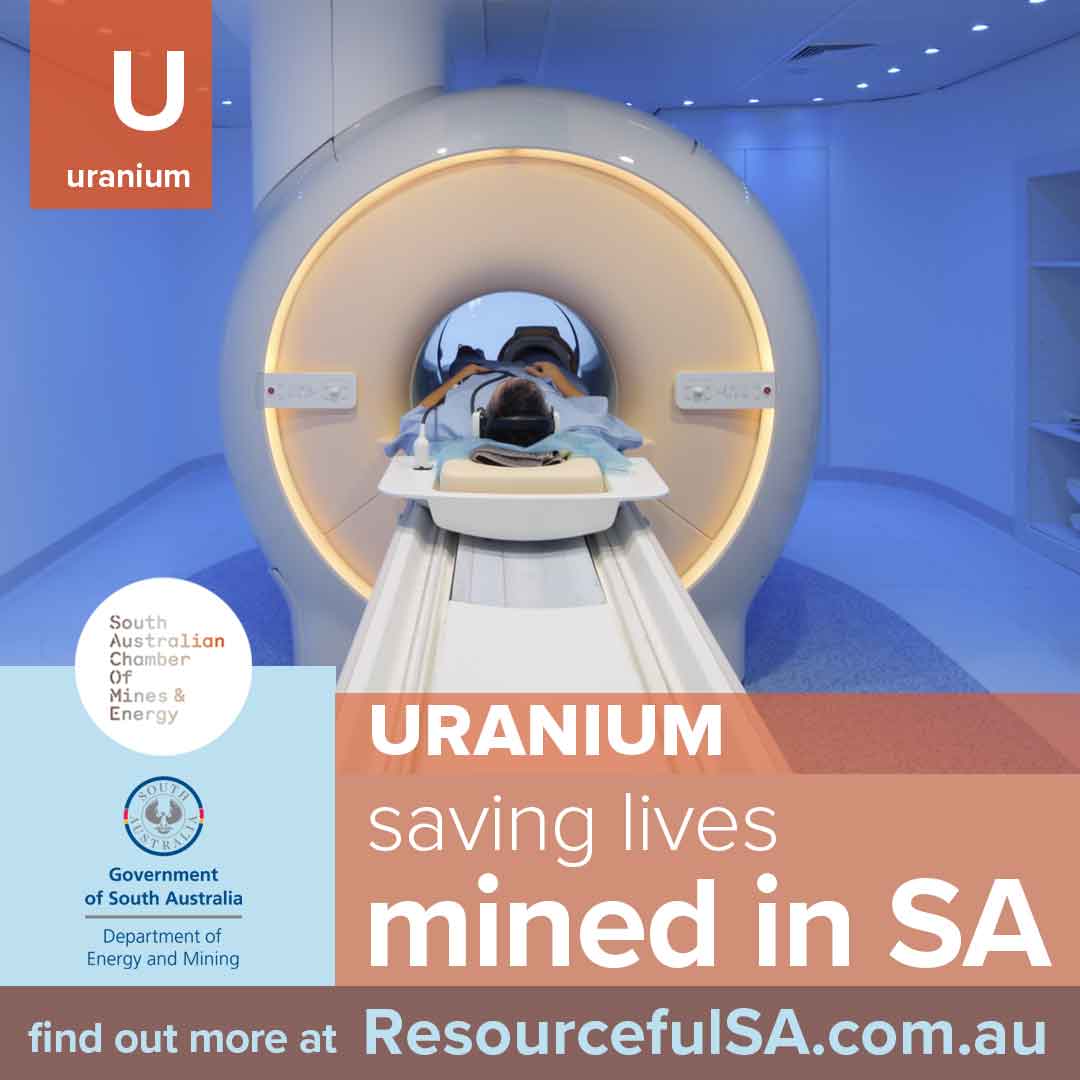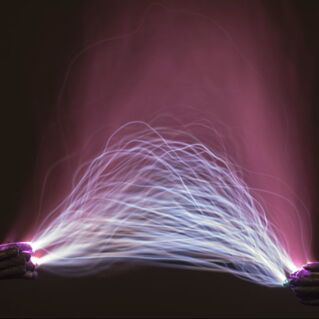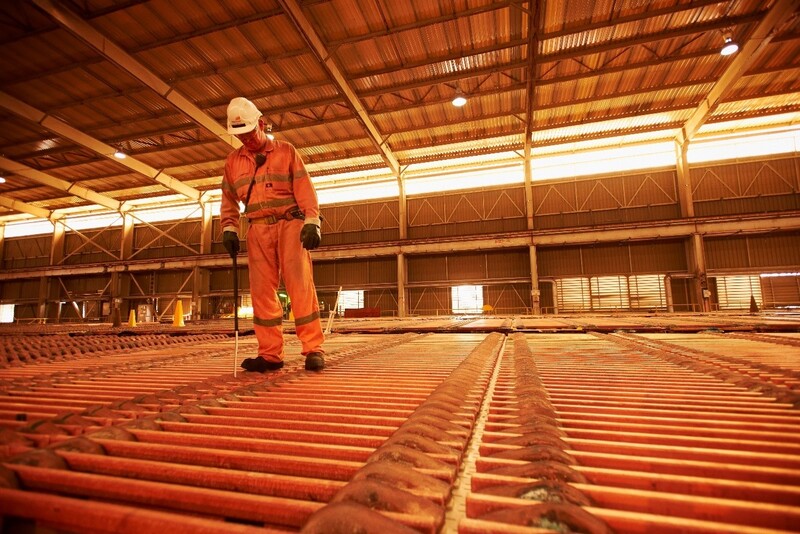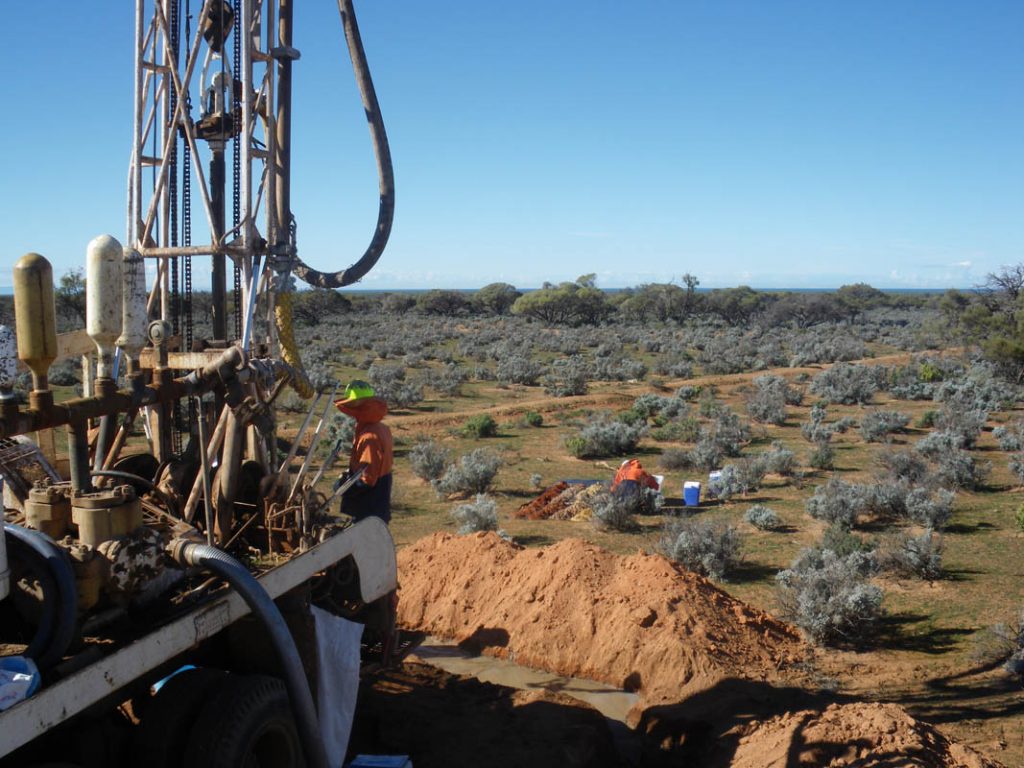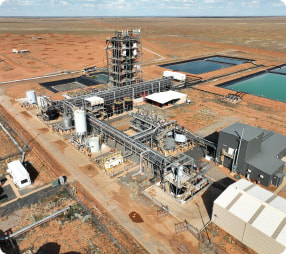|
What is Uranium?
Uranium is a naturally occurring, mildly radioactive element that is widely distributed in the Earth’s crust, rivers, and oceans. Traces of uranium are even found in the human body and food. Uranium ore is mined in open-cut or underground operations, sometimes with other metals such as gold or copper, or through in situ recovery from wells drilled into the deposit. Uranium is born in supernovas. Which is why it’s pretty much everywhere. The naturally radioactive mineral is in rocks and seawater, as well as our teeth and bones. It’s just that it’s usually in very low concentrations. Deposits were mainly formed by groundwater leeching the dense metal out of rocks and depositing it in ancient aquifers. It’s actually one of the less radioactive minerals, which is why it takes so long to decay. That radioactivity can be used to generate heat at the heart of a nuclear reactor.
Did you know?
South Australia hosts approximately 25% of the world’s uranium resources and is home to the world’s largest uranium deposit at Olympic Dam, containing more than 2 million tonnes of uranium oxide. Where is Uranium mined in South Australia? South Australia is well recognised for its high prospectivity of uranium and proven track record of uranium mining including at BHPs Olympic Dam underground mine. There is also the Four Mile uranium mine operated by Heathgate Resources, and Boss Energy’s Honeymoon Project, which is on track to be Australia’s next uranium producer, both mined via In Situ Recovery[i]. Alligator Energy is currently exploring and evaluating the Samphire Uranium Project, located 20km south of Whyalla. All of the uranium oxide concentrate that is produced in South Australia is exported exclusively for the generation of electricity in civil nuclear reactors, with contracts in place with the United Kingdom, France, China, Sweden, Finland, Belgium, Japan, South Korea, Taiwan, Canada, the United States and Spain[ii].In 2020, the total sales value of uranium produced in South Australia was $521 million[iii]. Further information on nuclear energy is available here. [i]https://www.energymining.sa.gov.au/industry/minerals-and-mining/mineral-commodities/uranium#:~:text=South%20Australia%20is%20a%20major,mining%20uranium%20in%20the%20state.&text=The%20Olympic%20Dam%20deposit%20in,million%20tonnes%20of%20uranium%20oxide.
[ii] https://www.energymining.sa.gov.au/industry/minerals-and-mining/mineral-commodities/uranium [iii] https://www.energymining.sa.gov.au/industry/minerals-and-mining/mineral-commodities/uranium |

